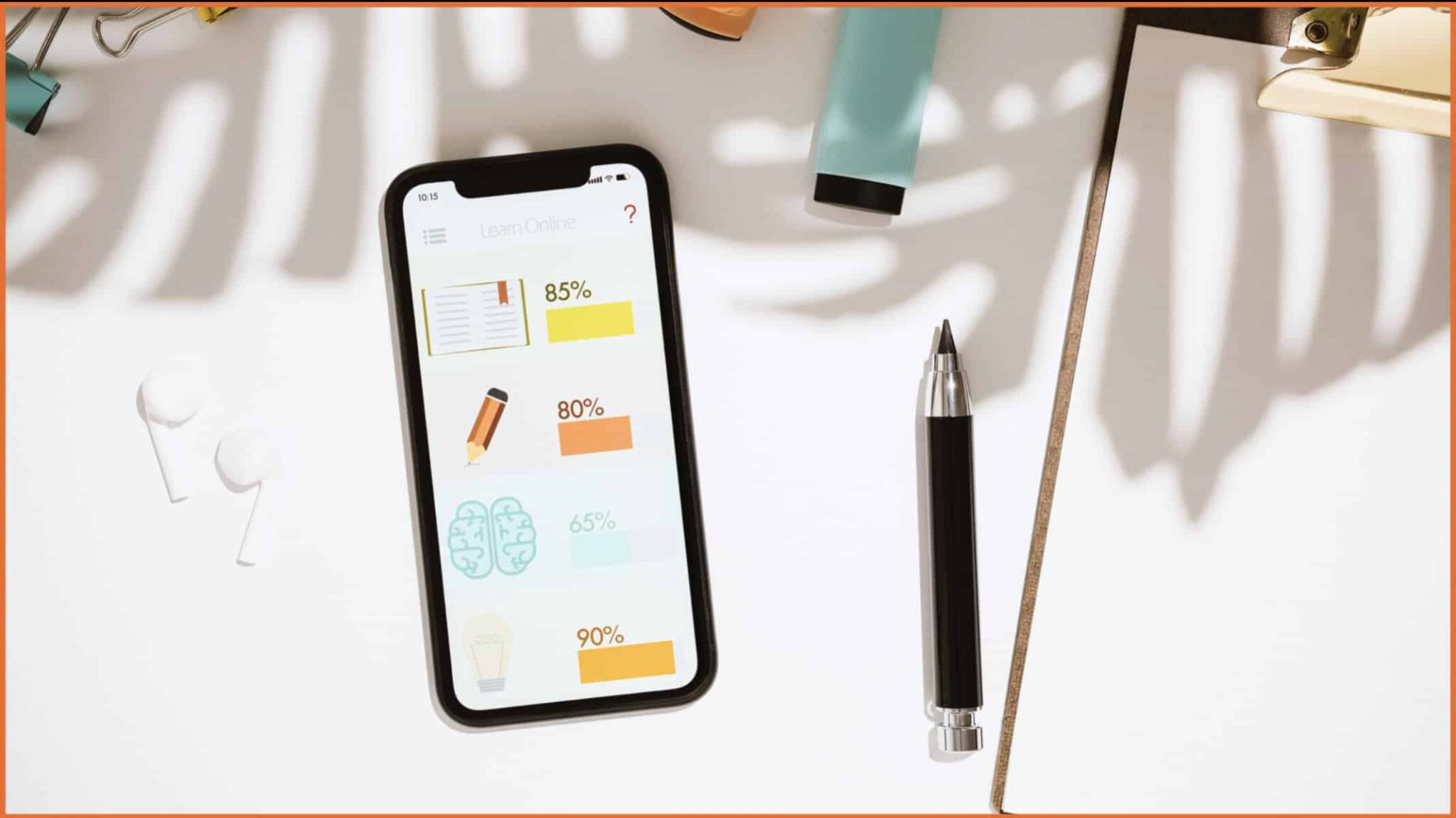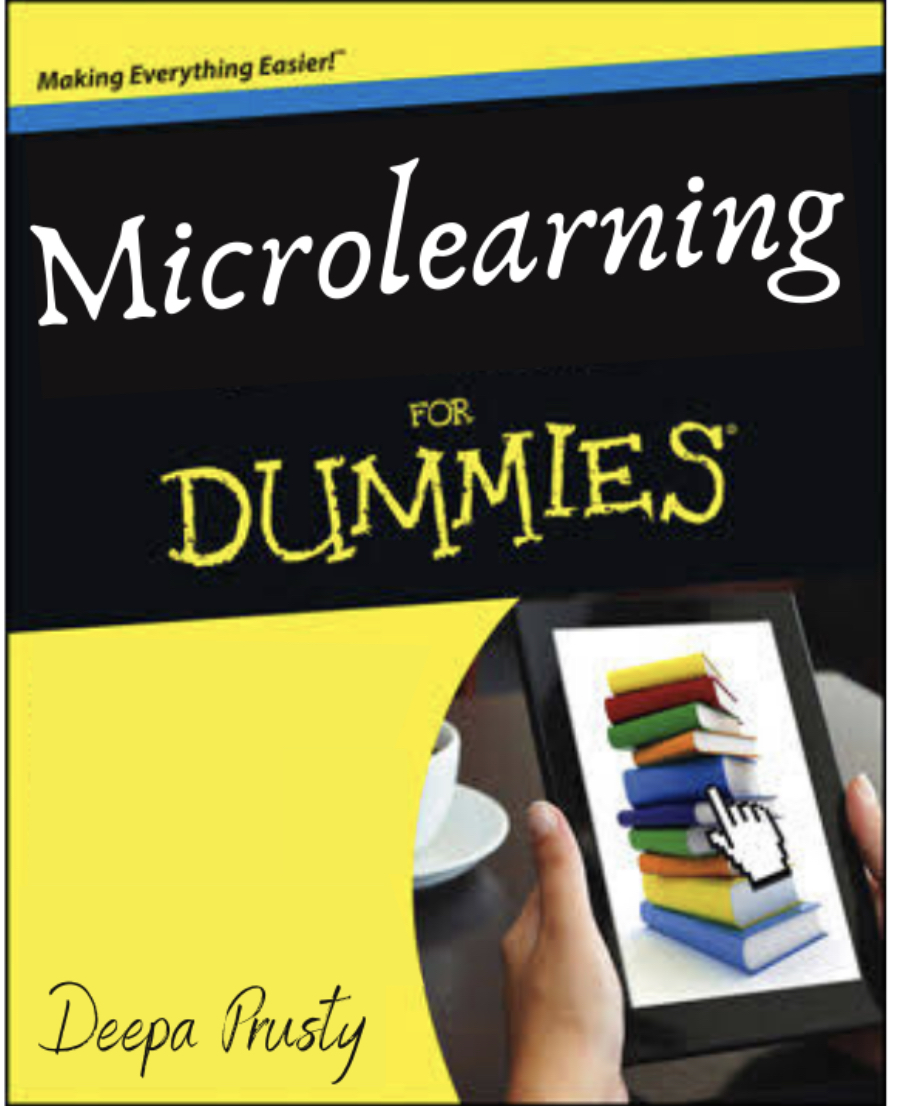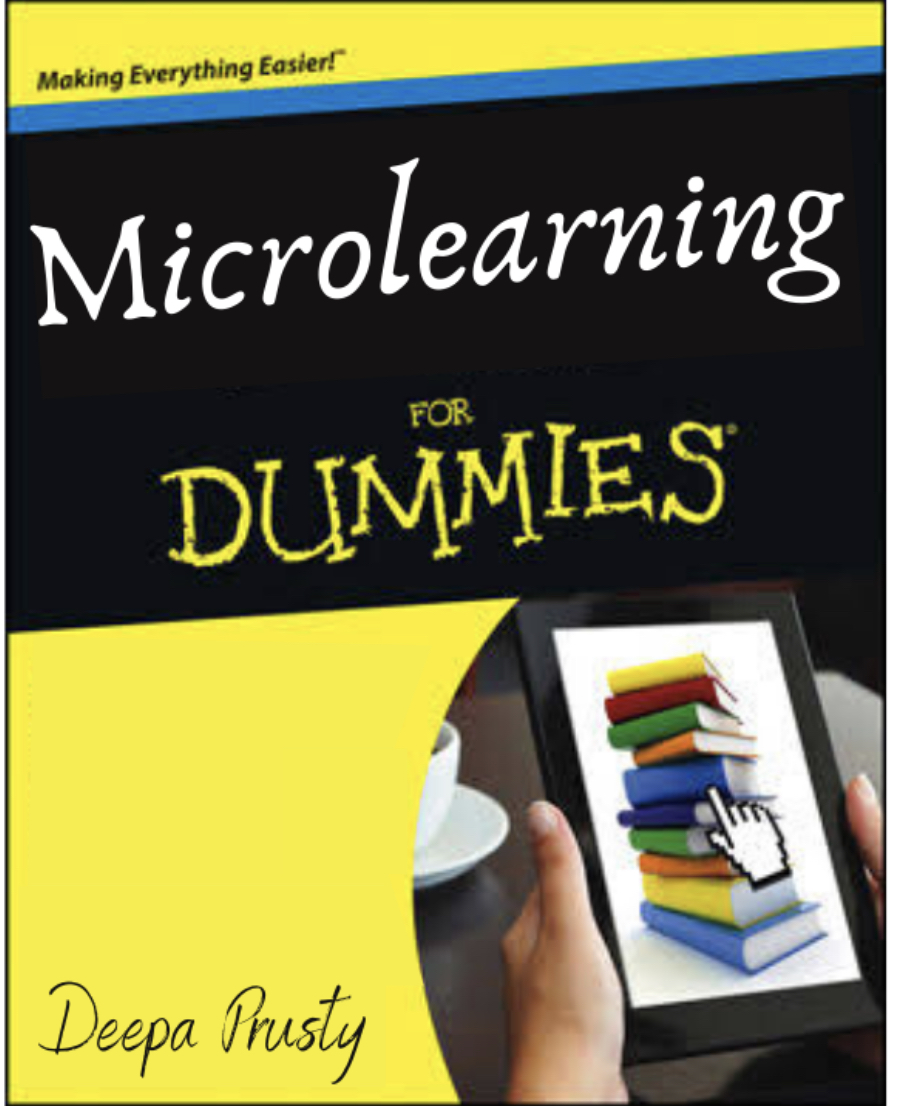
It would seem that the world is finally getting back on its feet. With the pandemic becoming a familiar constant and precautions, the way of life – the new normal has arrived. And, most organisations are trying to find their footing. Some are gradually opening their doors, while others are still contemplating the way forward.
As for the employees, the feeling is bittersweet. There are some who cannot wait to enjoy the water cooler moments with the rest of the gang. While, there are some who have found a silver lining within the house-bound lockdown restrictions.
There is no denying the simple fact that reduced commute has meant more time with family and even greater productivity. The initial phase of this increased flexibility brought with it, a set of unforeseen disadvantages. From struggling to manage our time well, to not knowing when to ’call it a day,’ we all stumbled along together.
However, after almost a year of hit and trials, most of us seem to have found a sweet-spot to balance our time between work and home. Whatever may be the way forward, the ease of this new found flexibility is undeniable.
Which leads us to the following question –
Can organisations maintain this flexibility, while ensuring that employees stay updated with their knowledge, regardless of what the future may look like?
The answer to this question is an astounding – Yes!
Organisations are slowly, but surely, adapting to the changing face of the learning and development industry. Most are now allowing their learners to carve their own individual learning journey. Using content curation tools like microlearning, nano-learning, and other forms of e-learning, even you can start learning; when you want, wherever you want.
The next obvious question facing organisations across industries is –
Can a flexible learning journey be made effective and engaging, at the same time?

And once again, the resounding answer is – Yes, of course.
In our experience, engaging learning tools and effective content does not (and should not) have to be mutually exclusive. The cherry on top, is the ease of curating content and its cost-effectiveness.
A well-designed microlearning module will often nudge the learners to voluntarily engage with the content. This eliminates the need to chase learners and send reminders.
Short bursts of crunched content is fun to consume and easy to retain. Microlearning also allows well-spaced repetition of content over a period of several days. This prevents you, the learner, from having to go through the same module again and again, thereby reinforcing learning.
Microlearning can also efficiently complement other forms of training, allowing for impactful post-training reinforcement.
You might ask –
What makes Microlearning both effective and engaging?
Table of Contents
Microlearning allows for impactful learning by enabling content in the micro format – one concept (and only concept) at a time. This format also takes the burden of assimilating information away from the learners. This in turn helps the learner absorb information, as and when they have the time. Thus, allowing them to multitask between meetings and other tasks.
Most people find it inconvenient to work under pressure, especially time related constraints. And one of the things that can be viewed as time-consuming is staying updated with new skills and ever-evolving knowledge.
Enter Microlearning – do away with the unnecessary information and only present relevant information.
And et voila!
Impactful learning becomes engaging and easy.
Introduce Vibrancy

Well curated videos, graphics, and media-rich content not only make the information easy to digest, but also palatable. Most microlearning modules are powered by gamified aspects and other engaging visual aids.
Create a blend
Microlearning can be used to create multiple learning frameworks. By incorporating it as an introductory part, a supplement to the course, or even as an continuation or a reinforcement journey after the course – anything is possible.
You can even use microlearning to test your understanding after or during the course.
Social learning

We learn by observing. While microlearning is typically designed to be asynchronous, there will always be a group of learners interacting with the same content at a given time. Reflecting (and questioning) on a fellow learner’s submissions can replicate group learning in real time.
Make it Mobile
Most microlearning platforms are accessible on mobile-devices. This enhances the ’learn-on-the-go’ effectiveness.
Conclusion

In conclusion, with a bit of strategising and mindfulness, Microlearning can prove to be an effective and engaging tool. Not only does it allow for flexibility, but also enables engagement.
It is a tool that will resonate with the employers and the employees, irrespective of what the future of organisational life looks like.
I hope you find this blog relevant. Do let us know your views in the comments below!










